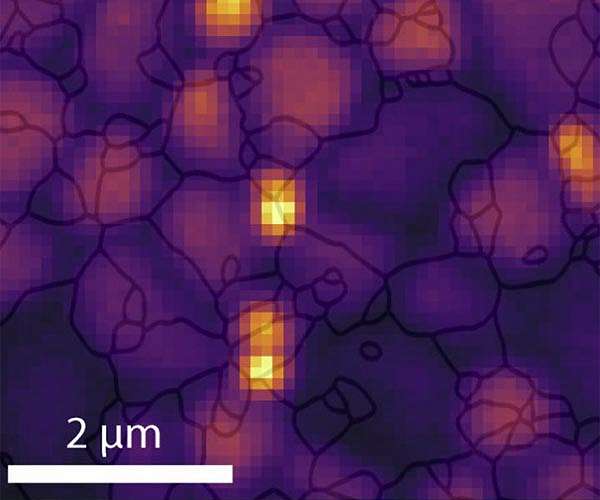Solar cell efficiency improved with innovative perovskite technology
Researchers from Huaqiao University and Qufu Normal University have made significant progress in solar energy technology, introducing new materials that promise to improve the efficiency of perovskite solar cells (PSCs). Their study, published in the June issue of Energy Materials and Devices, describes the development of three new hole transport materials that could set new standards for solar cell performance.
Perovskite solar cells are known for their impressive performance and cost-effectiveness, but the high price of charge transport materials remains a barrier to widespread adoption. Traditional materials such as Spiro-OMeTAD are expensive and complex to produce, making it essential to find more affordable alternatives to advance PSC technology and expand its use.
The research team has introduced three innovative hole transport materials (HTMs): TP-H, TP-OMe and TP-F. These materials are carefully designed to enhance molecular crystallinity and solubility, key factors in effective hole transport within PSCs. TP-F, known for its fluorine atom substitution, achieved an energy conversion efficiency (PCE) of more than 24%. This high efficiency is attributed to enhanced intermolecular packing, improved hole mobility, and reduced defect states, which minimize trap-mediated recombination in PSCs.
Dr. Wei Gao, a leading researcher on the project, emphasized the importance of these developments, stating: “The development of these new HTMs marks an important step towards making PSCs more commercially viable. The improved efficiency and lower costs of these materials could speed up production. the adoption of PSCs in the solar energy market, creating a more sustainable and cost-effective energy solution.”
The implications of this research are enormous and could potentially lead to more affordable production of high-efficiency PSCs. This could have a significant impact on the solar industry by reducing costs and promoting wider adoption, contributing to global sustainability efforts and reducing dependence on fossil fuels.
This work was supported by the National Natural Science Foundation of China (Grant Nos. U23A20371, U21A2078 and 22179042), the Natural Science Foundation of Fujian Province (Grant No. 2023J06034), the Natural Science Foundation of Xiamen, China (Grant No. 3502Z20227036), and the Scientific Research Funds of Huaqiao University (Grant No. 605-50Y23024).
Research report:Bithiophene-based cost-effective hole transport materials for efficient perovskite solar cells


